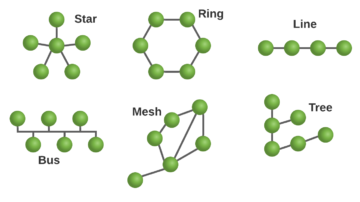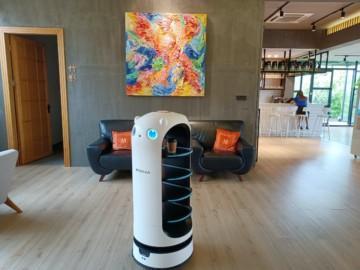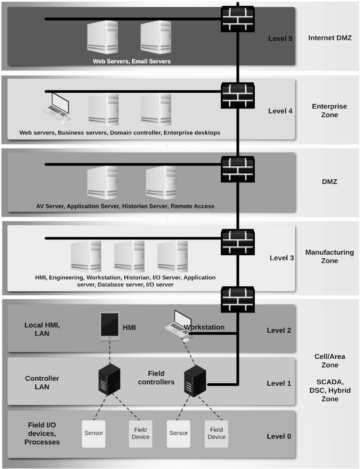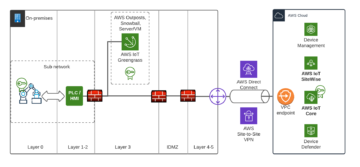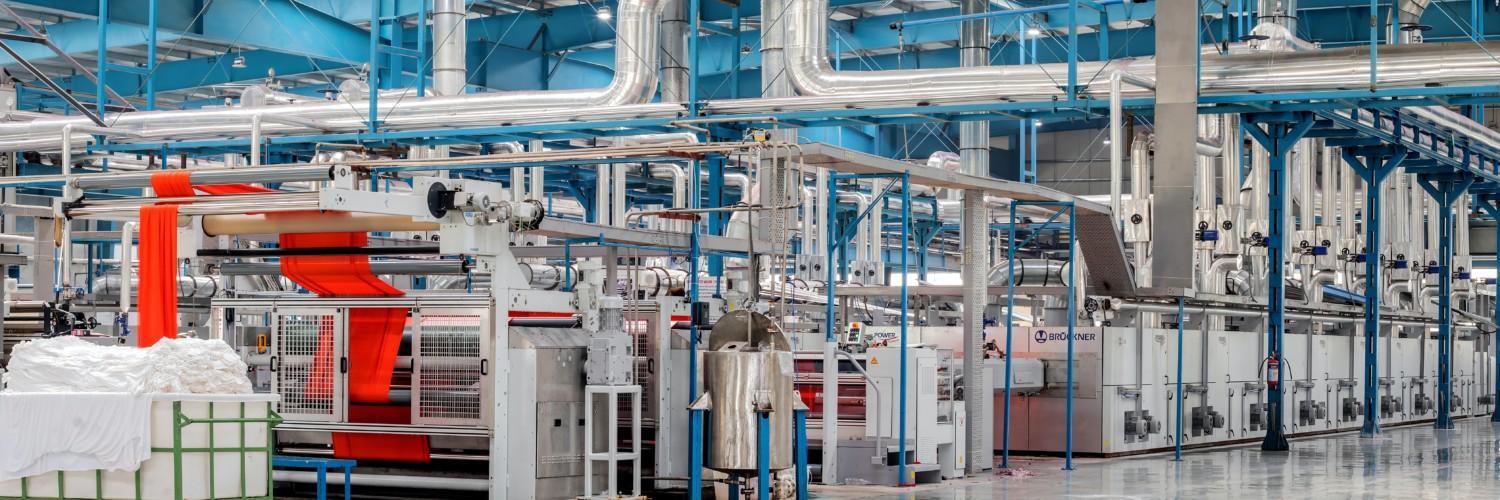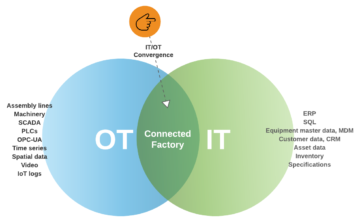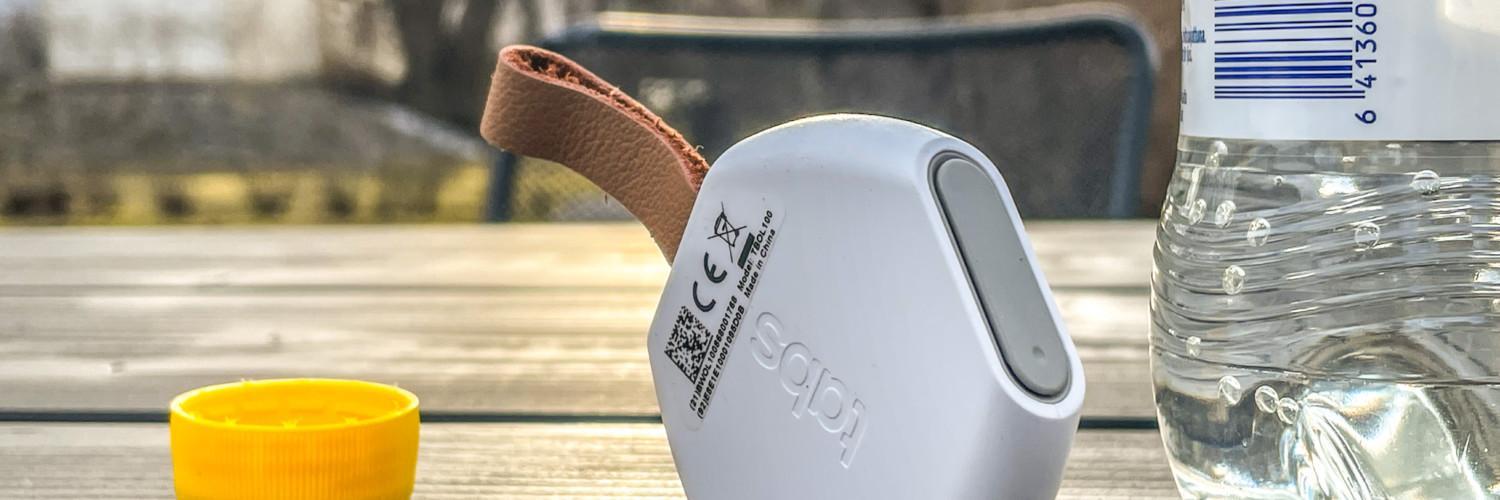
Connecting IoT fleets with LoRaWAN
For connecting IoT devices over the internet there are several network protocols available like ZigBee, Bluetooth, BLE, WiFi, LTE-M, NB-IoT, Z-Wave, LoRa and LoRaWAN. Each one serves its own purpose and brings its own feature combinations. In this blog post I go through a very interesting low power and long range protocol LoRaWAN.
Explaining the concepts
LoRa (Long Range) is a wireless radio modulation technology, originated from Chirp Spread Spectrum (CSS) technology. It encodes information on radio waves using frequency modulated chirp pulses. It is very ideal for transmitting data in small chunks, with low bit rates and at a longer range compared to WiFi, ZigBee or Bluetooth. Typical range is 2-8km depending on the network environment. It is a good fit for applications that need to operate in low power mode.
LoRaWAN is a wide area networking protocol built on top of the LoRa. It defines the bi-directional communication protocol, network system architecture, principles how devices connect to gateways and how gateways process the packets and how packets find their way to network servers. Whereas LoRa enables the physical network and enables the long-range communication link.
Taking a look at this from the OSI (Open Systems Interconnection) model of computer networking. LoRaWAN is a Media Access Control (MAC) protocol on OSI model layer 2, whereas LoRa defines the physical layer on the bottom layer, meaning transmitting of raw bits over a physical data link. LoRaWAN defines 3 device types, Class A, B and C for different power needs. Class A is suitable for bi-directional communication.

Now when we understand LoRa and LoRaWAN differences we can take a look at typical network architecture. It consists of LoRaWAN enabled devices (sensors or actuators), which are connected wirelessly to the LoRaWAN network using LoRa. The Gateway receives LoRa RF messages and forwards those to the network server. All the network traffic can be bi-directional (depending on LoRaWAN device classification), so the Gateway can also deliver messages to the device. Devices are not associated with a specific gateway, Instead, the same sensor can be served by multiple gateways in the area.
The network server is responsible for managing the entire network. It forwards the payloads to application servers, queues payloads coming from the application server to connected devices and forwards join request- and accept-messages between devices and the join server. Application servers are responsible for securely handling, managing and interpreting device data and also generating payloads towards connected devices. Join server is responsible for the OTA (Over-The-Air) activation process for adding devices to the network.
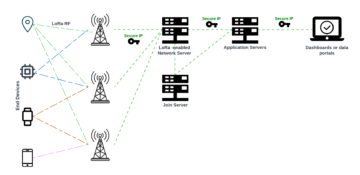
LoRaWAN is deployed widely and globally. There are public network operators in many countries, like here in Finland, Sweden and Norway. Take a look at public network operators and open community networks.

Where is it used?
Low power, long range and low cost connectivity are the top LoRaWAN benefits. These enable and make new use cases possible. Just to mention few
- Asset tracking – Track the location and condition of business critical equipment like containers location or cargo temperature or other equipment condition.
- Supply chain monitoring – For example monitor food, medicine and other goods that need to be stored in a certain temperature through the entire supply-chain from production to storage and delivery.
- Smart Water and Energy management – Monitor water and energy consumption
- Smart environment – Air condition, loudness, air pressure, space optimization, building security, failure prediction.
Read more from LoRa Alliance pages and also from our data driven initiatives and solution like building everyday tools for EU citizens to combat climate change, circular economy, Fortum electricity retail business and Edge computing starts new era of intelligence in forest harvesting.
Do I have to do all this by myself?
You can find the LoRaWAN network server as an open source product and deploy it to any cloud environment. But deploying, maintaining and operating the network server, join server and application servers can be a pain and not so easy to get started with.
Amazon hyperscaler can help with this. Amazon IoT Core has the LoRaWAN capability, which is a fully managed solution for connecting and managing LoRaWAN enabled devices with the AWS Cloud. With the IoT Core for LoraWAN you can set up a private network by connecting devices and gateways to the AWS Cloud, and there is no need for developing or operating the network server. By using the AWS technologies for LoRaWAN network the architecture looks like this:
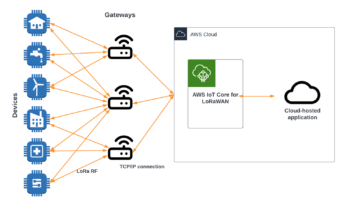
How about the real devices
For example for asset tracking there are plenty of devices available on the market. I recently bought a LoRaWAN capable GPS tracking device and indoor LoRaWAN gateway. The tracker is small pocket/keychain size and the gateway is easy to register to the AWS cloud.

The power of low power is powerful
LoRaWAN is not ideal in all environments, like where you need low latency, high bandwidth and continuous availability.
But if you need a low power environment, like battery powered for a few years, long range and cost efficient data transfer, then LoRaWAN might be your choice.
Check out our Connected Fleet Kickstart for boosting development for Fleet management and LoRaWAN:
https://www.solita.fi/en/connected-fleet/
And take a look other blog posts related to the IoT scene like M2M Meets IoT.

